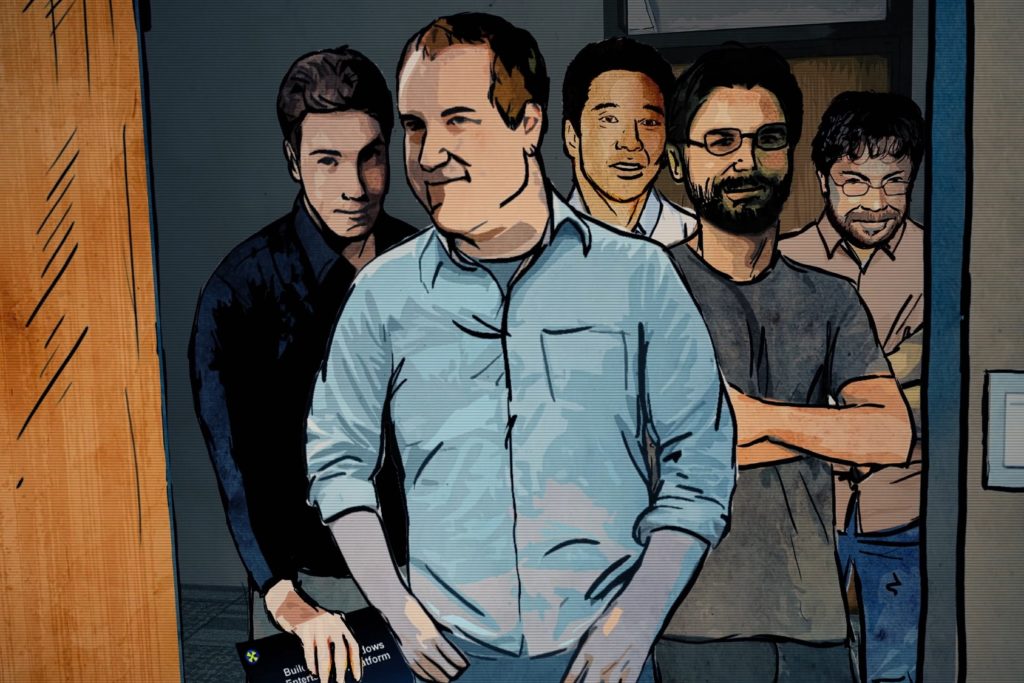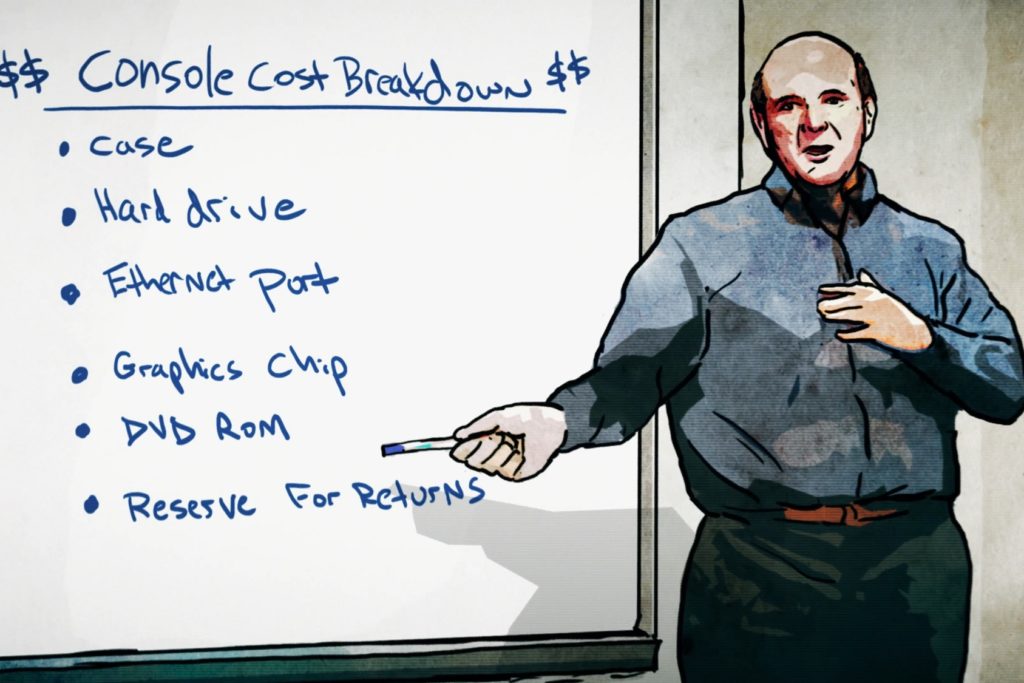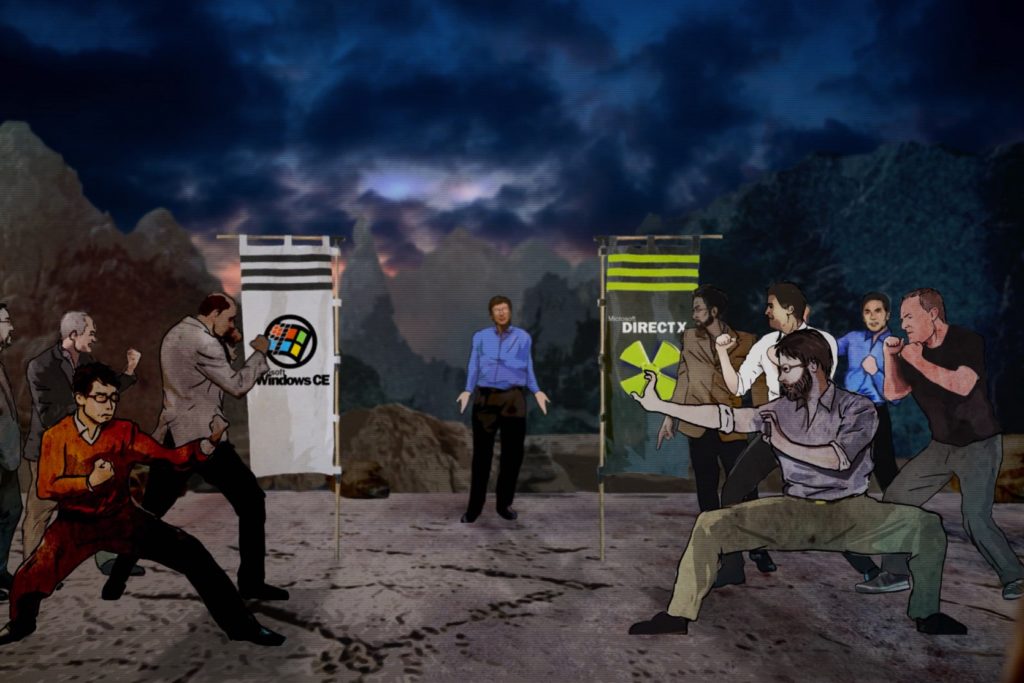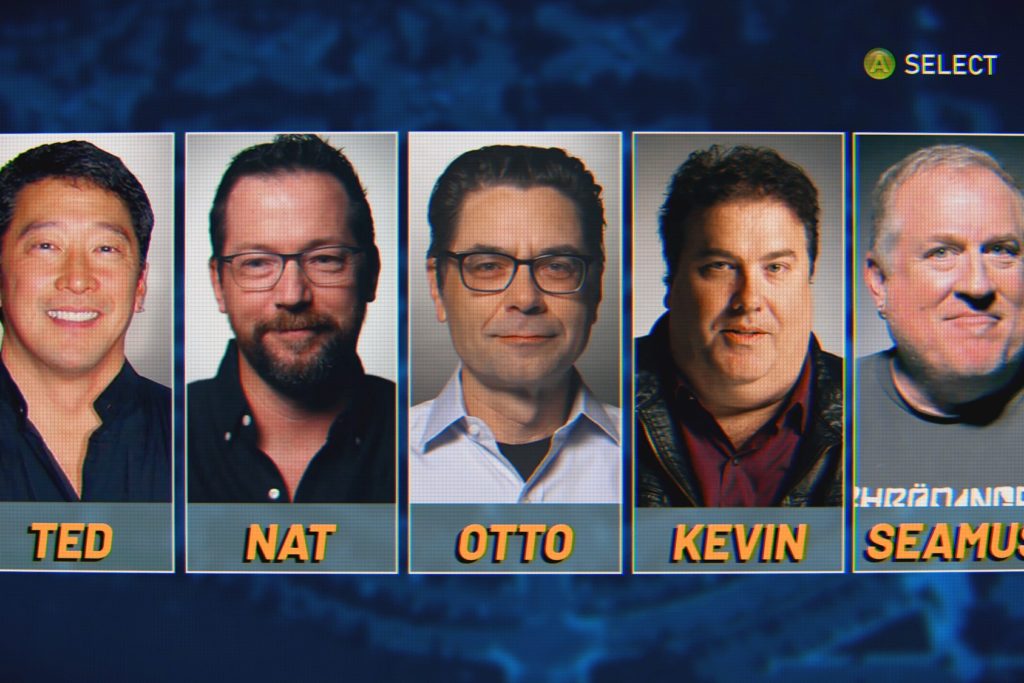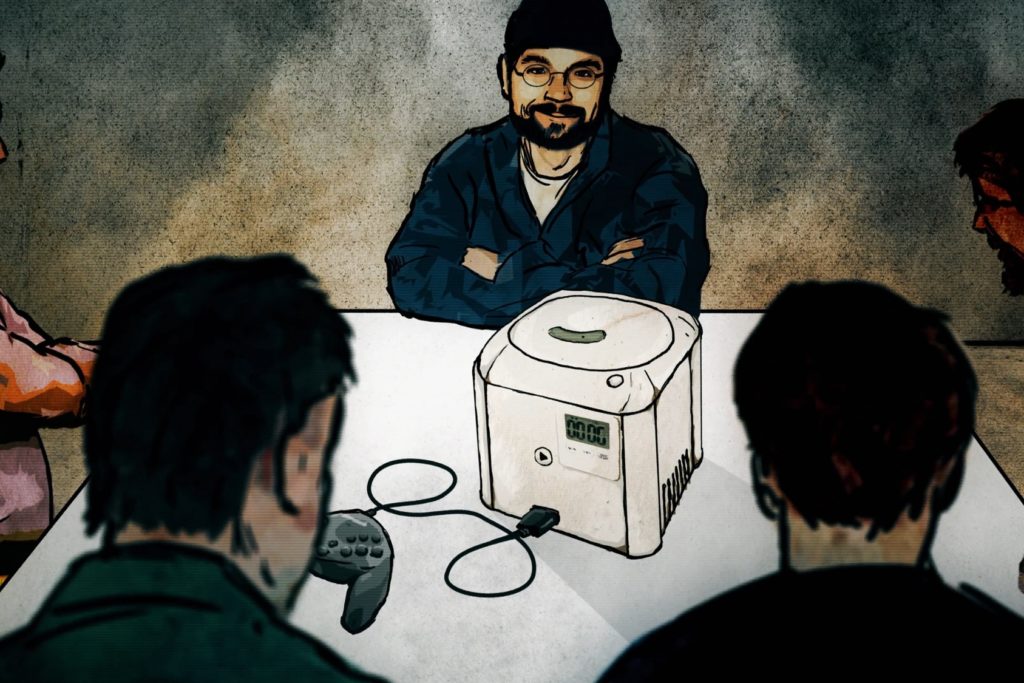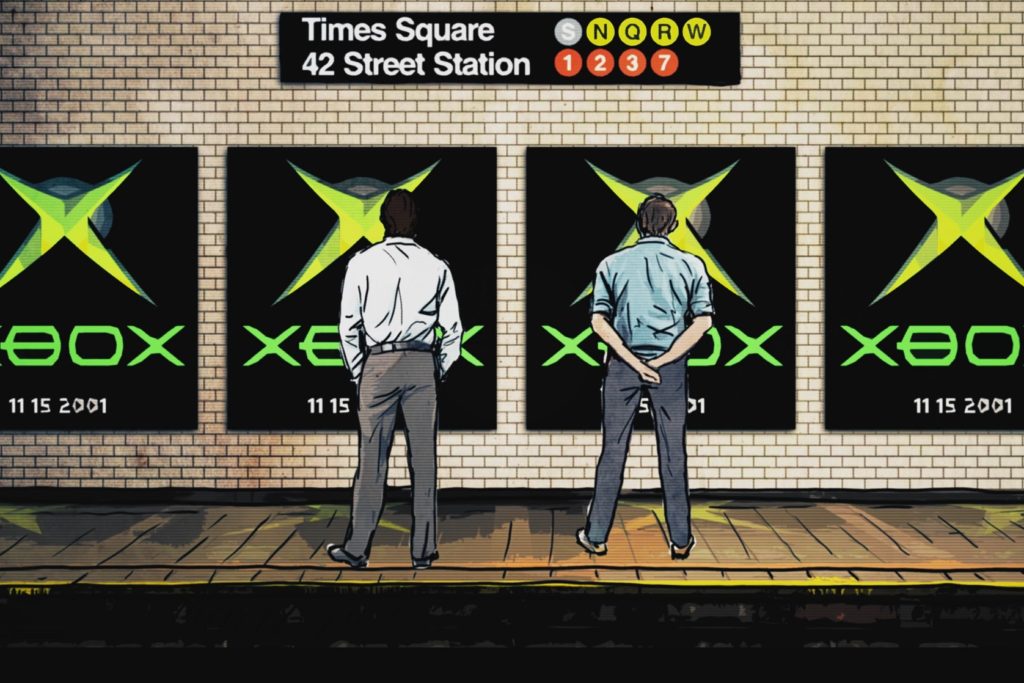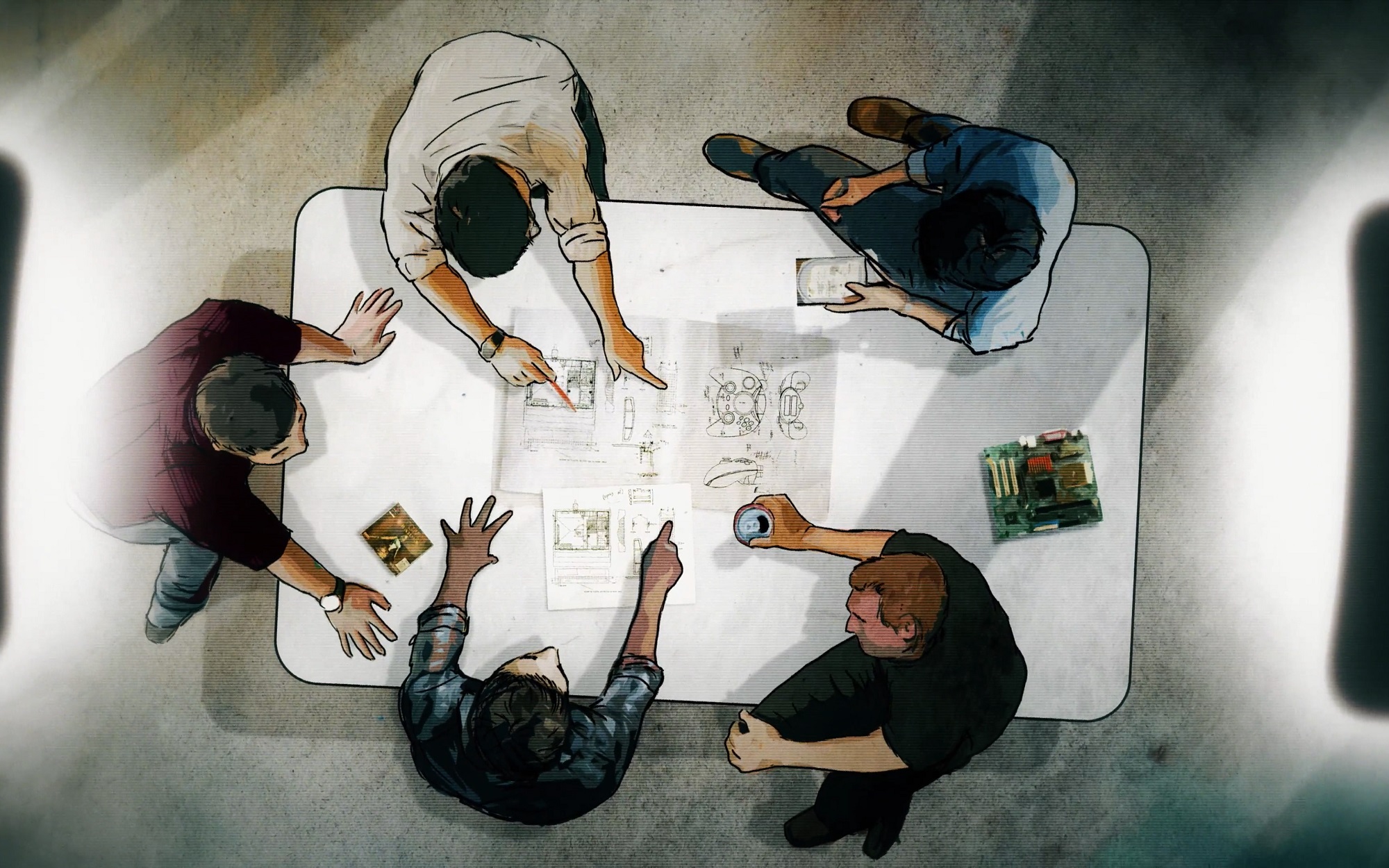
Power On: The Story of Xbox: New docuseries explores the origins of Xbox and its evolution over 20 years
Twenty years ago, a small group within Microsoft took on a seemingly audacious ambition at that time: to create a video game console from scratch and take on much more established competitors.
Despite many obstacles, Xbox was born. And, over two decades, it became a lasting presence ubiquitous in gaming and pop culture throughout the world.
But until now, the full story of those humble beginnings, stops and starts hasn’t been told from a comprehensive inside perspective. “Power On: The Story of Xbox” is a new six-part docuseries that’s streaming for free so anyone can check out that tumultuous journey – hearing directly from those who were there when it all started, some of whom are still part of the organization.
There’s plenty of tension along the way, from Xbox’s own struggles within Microsoft, to trying to convince gamers and the public to take it seriously in a market where it had no traction. Despite the company’s success in PC gaming, the console world was completely different. But the Xbox group persevered – in no small part thanks to loyal fans who stuck with the console brand through good times and bad, growing into an online community of over 100 million monthly active players around the world. For many Xbox players, this series will take them down memory lane, to experience the nostalgia of those early days.
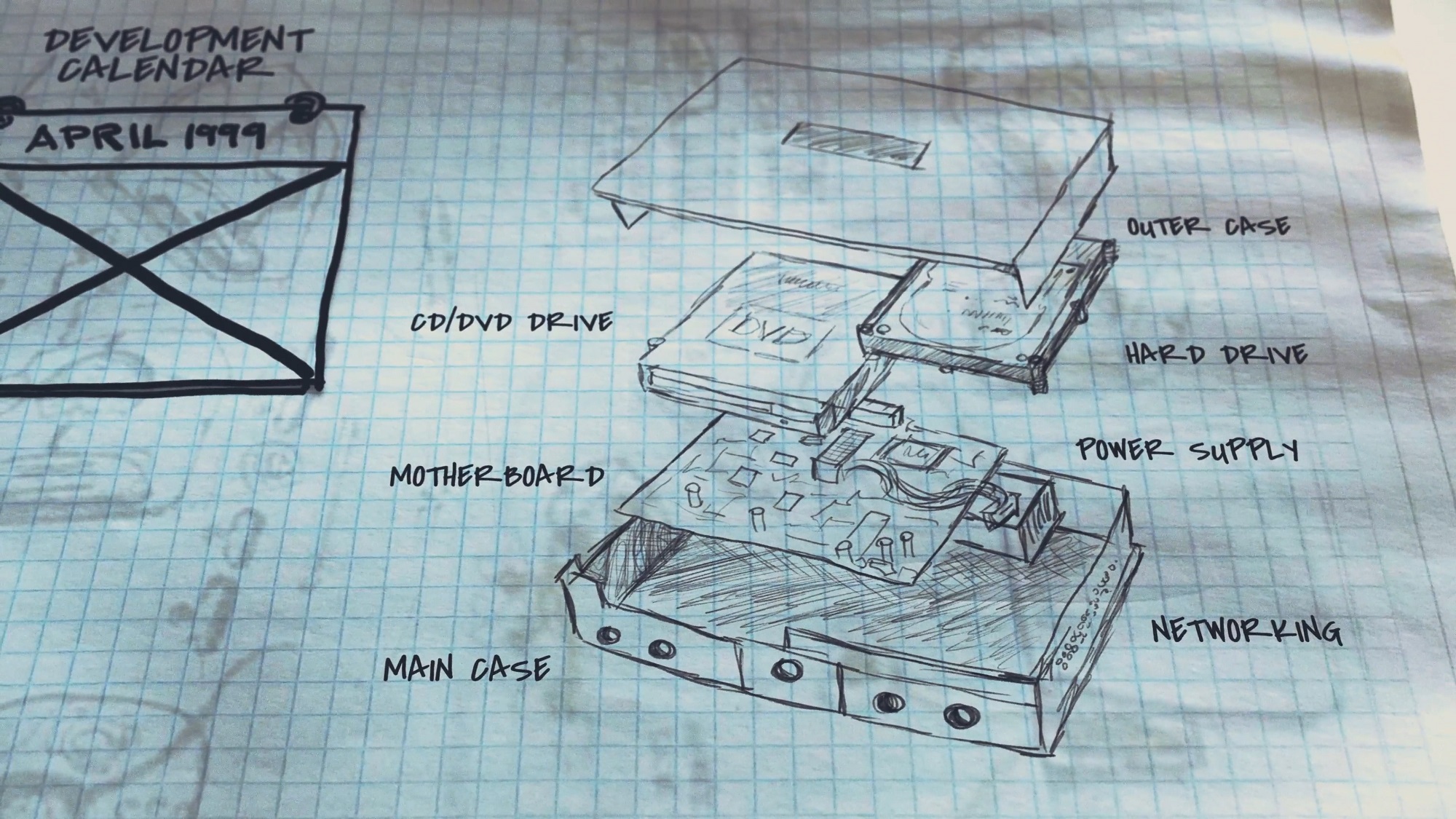
“We have some of the greatest fans in the world and this is a gift to them,” says Chris Capossela, chief marketing officer at Microsoft, who compares the docuseries to a superhero’s origin story. “You want to know: how did they get the superpowers? What did they have to sacrifice along the way?”
On his first viewing, he watched all six episodes in a row.
“I felt like it was just such a great storytelling opportunity, and it was so authentic to what are the bumps and bruises along the way,” adds Capossela, who says that anyone who roots for the underdog will find that a relatable theme in the series. “It’s a little bit of that countercultural story of creation and persistence and failure and success. And even if you’re not a gamer, those themes are universal. We always want to hear about those people who did something kind of crazy and swam against the current.”
If you aren’t a gamer or into gaming, the series may still appeal in other ways, as the story of how a handful of renegade thinkers pursued an idea that changed the path and the fate of one of the biggest companies of the world.
“It’s about not knowing what you’re doing and going for it anyways, so it’s sort of about ambition with lots of naivete,” Capossela says. “And it’s a little bit of a coming-of-age story really, for a set of people who didn’t really know what they were getting themselves into.”
Along the way, there were twists and turns, risks taken that ended up paying off, bigtime – such as the inclusion of the Ethernet port, which turned out to be a literal game changer that helped connect players and create a community that spanned the globe. Such additions turned out to be fundamentally important, differentiating Xbox from the pack. Viewers will see other milestones along the way that helped cement Xbox’s place in gaming history: Xbox Live, the release of Halo 2, Xbox Game Pass and Xbox’s latest big bet on cloud gaming.
Original illustrations from Power On: The Story of Xbox
Illustrations used within the docuseries to illustrate the journey of Xbox – from idea inception to multiple console iterations
Tina Summerford, head of programming for Xbox, experienced most of those highlights – and lowlights – first-hand. Coming from a Hollywood background covering video games for pay TV network G4, she even did a documentary on Xbox back in 2002. In her 16 years at Microsoft, she’s seen the company progress to a point where this kind of story was ready to be told, this way.
“When I originally pitched the idea of doing this documentary, I anticipated the idea would be met with a lot of nervousness and skepticism internally. And there certainly was some of that but for the most part the idea was met with curiosity and excitement,” Summerford says. “I think we all understood that Xbox is a very different business for Microsoft and if we were curious how it all began then our audience would be too.”
But she felt the time was right to take the risk and pay tribute to Xbox’s 20th anniversary in a way that felt authentic to the journey Xbox has taken over the years.
“I am forever thankful for the opportunity to do this,” says Summerford, who spearheaded the docuseries project. “I thought I knew the story, but nobody does. It took all of these people collectively to tell the story.”
She interviewed several filmmakers before choosing Emmy-winning Andrew Stephan to direct it. She knew him from her days at G4 and had followed his career, particularly his work with brands like Red Bull and ESPN sports documentaries, especially interesting to her as a former college athlete.
“I wanted someone who understood the industry but wasn’t in love with it, who could tell a broader story,” she says. “I knew this was going to be bigger than just entertainment. I needed him to push me out of my comfort zone.”
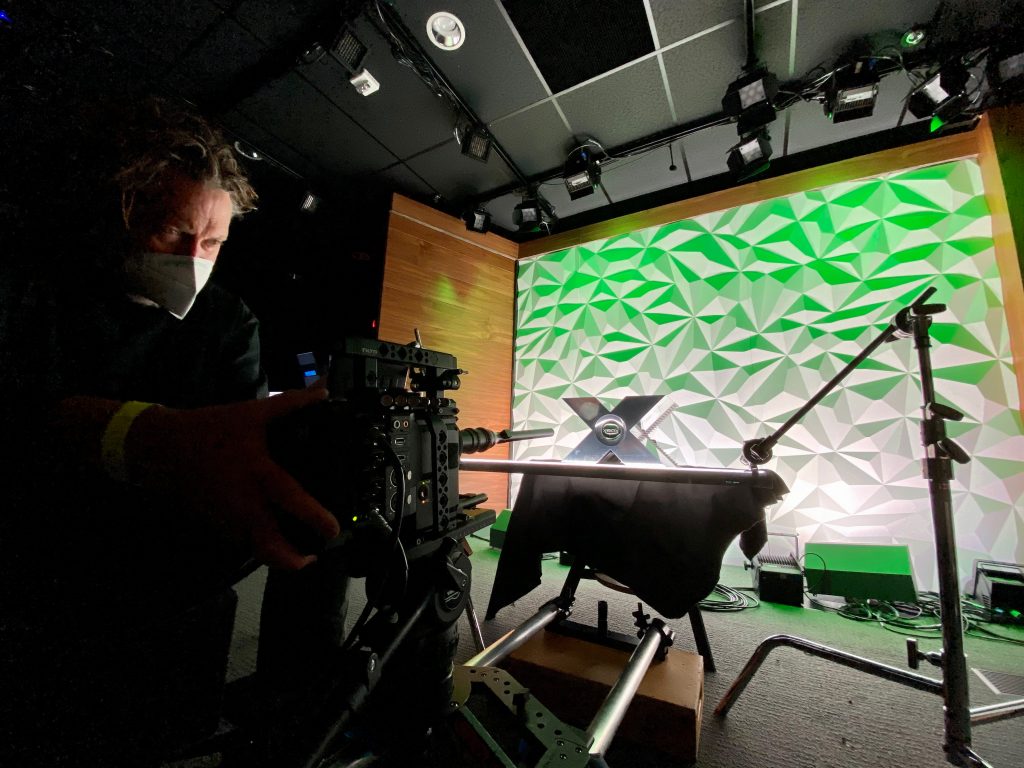
By the time the pandemic hit, they had done about 60% of the work. While the lockdown proved disruptive, the team had the core of what they thought the story was, and the pause allowed them to take a breath and realize how episodic shows would be a better format for this tale to be told, rather than one feature film.
“The pandemic gave us permission from a storytelling perspective to switch gears,” Summerford says. “It was clear that the narrative was driving us into the right space, of a docuseries.”
Stephan and his team started working on the project in early 2019. Between the summer of 2019 and February 2020, they shot more than 60 interviews in person before the pandemic lockdown prevented any more from happening for a while. That gave them what they needed to put the production into high gear and pivot toward remote editing, with teams across the country.
Based in New Jersey, Stephan worked with editors in New Jersey, Seattle and Los Angeles. The team also conducted additional interviews and weekly production meetings – remotely, via Microsoft Teams. By far, the most arduous tasks involved media management since this was such an archival-heavy series.
Viewers will see this in detail in episodes such as the one that covers “the Red Ring of Death” that in 2007 plagued the Xbox 360, to the great frustration of players. The series reveals for the first time the root cause and its impact on the console. Another controversial console that the series delves into is the Xbox One. The series doesn’t shy away from sometimes awkward, sometimes rough moments and conflicts.
“One of the things that’s going to surprise people about the series is its candor. One of the essential conversations I had with Tina going into this was that if we’re going to do this, we’ve got to be honest and self-critical to a fault. Otherwise, no one’s going to care,” Stephan says. “No one wants to hear what you think your achievements are. They want to hear about your missteps, and they want to hear about your vulnerabilities, which is something that everyone can relate to. And when they hear that, then I think they’ll be more accepting of the really good things that you’ve done.”
For Stephan, the “Power On” part of the title is a double entendre.
“This is a brand that has succeeded by sheer perseverance – many times – in spite of itself, learning from its missteps, always, with an eye to create,” he says. “I learned that, at Xbox, it really is a group of passionate gamers behind the brand who aren’t just reporting to a job. This isn’t just a gig for most of them…it’s something they truly love.”
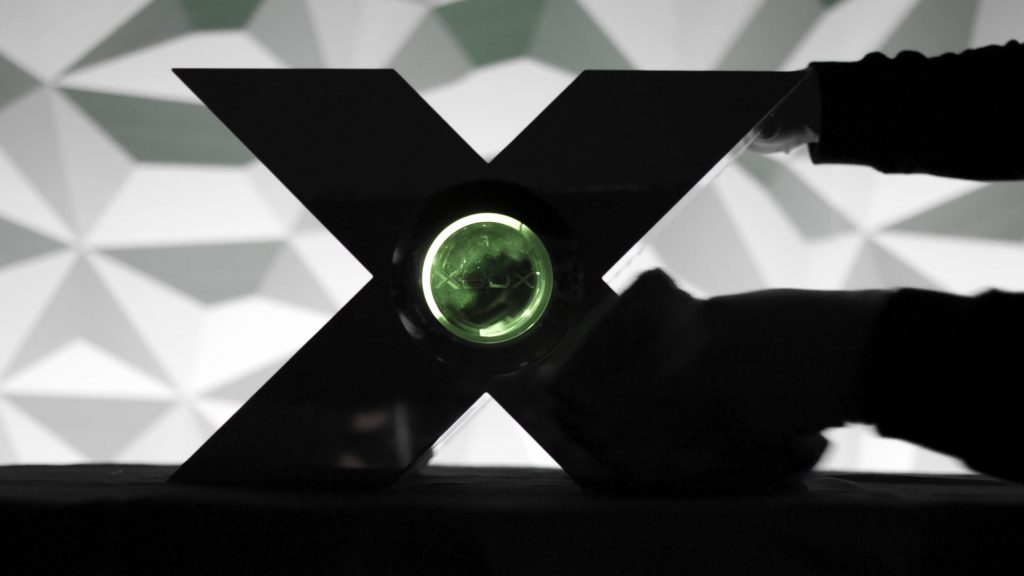
Shannon Loftis is one of those people you’ll see in the docuseries. She runs the game studio that produces Age of Empires – one of Microsoft’s oldest game franchises, initially launching on PC and now available on the Xbox, spanning almost 25 years.
“I’m meeting people now who chose history as their career because they played Age of Empires and loved it and now, they want to play Age with their kids. I never thought it would be a generational thing, but that is where we are,” says Loftis, for whom arcades felt like home, with their “bad carpet, funky lighting and super noisy background.” When her parents took the family to the beach, she and her brother would find the local arcade and spend as much time there as they could. At her part-time job working at a movie theater, she’d play games in the lobby during her breaks.
“I think people underestimate how hard it is for even an incredibly well-resourced company like Microsoft to commit the investment, the patience and the capital that it requires to get into a whole new industry, especially an industry that evolves as fast as video gaming,” she says.
Loftis began her career at Microsoft as a game producer in the early ‘90s. Her first job in games (pre-Xbox) was trying to create a database-based way to play card games on the PC. But she soon joined the team that would create the first Xbox console. And this would be a very different environment from the rest of the company.
“It was important for games to break away from mainland Microsoft,” she says. “We recognized that if we were going to succeed with the Xbox, we needed to have a pop culture mentality and not a productivity mentality. It was interesting to take a walk around the offices of Xbox because you would just see so much stuff on the walls. It was totally cool to be playing a game in the middle of the day and all of this just felt very different from traditional Microsoft.”
Just like the rest of the company in the late ‘90s, women were scarcer in this group, but they were there. And throughout the series, you’ll hear their stories too.
“There have been strong women present in the gaming organization throughout the existence of Xbox. I’ve always had role models in the industry,” says Loftis, who co-founded the Women in Games group more than 20 years ago as a safe and supportive space to network. “As male dominated as it was – and it was certainly male dominated – it’s never been exclusively male.”
Loftis has gone through her share of ups and downs in Xbox, including the Red Ring of Death. But its aftermath – where Microsoft agreed to fix the problem at no cost to Xbox owners through a warranty extension – delivered to Loftis one of her proudest moments at the company.

“It was absolutely a make-or-break moment. It was a do what’s right for the customer moment and at a great expense to the company,” she says. “And I think if we hadn’t reacted that way, we wouldn’t be in the business now.”
And that business went in directions she hadn’t anticipated in those early days.
“What I never could have envisioned was that the word Xbox doesn’t mean console anymore. It means so much more: gaming, social gaming, Game Pass. It means the communities that you can build around the content that is created and run for Xbox and for PC. I never imagined it would be so big a part of popular culture,” says Loftis, who also went through another crisis with the less than enthusiastic reception gamers gave the Xbox One console.
Based on learnings from the Xbox One console release, the organization went through another course correction that would eventually lead to Xbox Series X|S consoles.
“I think that was something that brought everybody back to center and helped us all to like, heal and regenerate the enthusiasm and the passion,” she says.
Much of the series focuses on the early days of the original Xbox console and the Xbox 360. There’s less focus on today’s Xbox since that story is still being shaped – but the series does show how this rogue group transformed over the years into so much more.
“In addition to the business struggling and growing, the culture surrounding the business struggled and grew, and the reason why we were able to be what we are today is because there are people with strong values around inclusivity, creativity and great worldbuilding both here in the real world, as well as in the games and the content,” Loftis says. “Without that kind of leadership growth, we would never have survived and thrived as much as we have, and that’s something that isn’t part of the storyline of the series, but it is certainly why I’m still here.”
Lead image: an original illustration from “Power On: The Story of Xbox” showing the team that created the original Xbox at work

